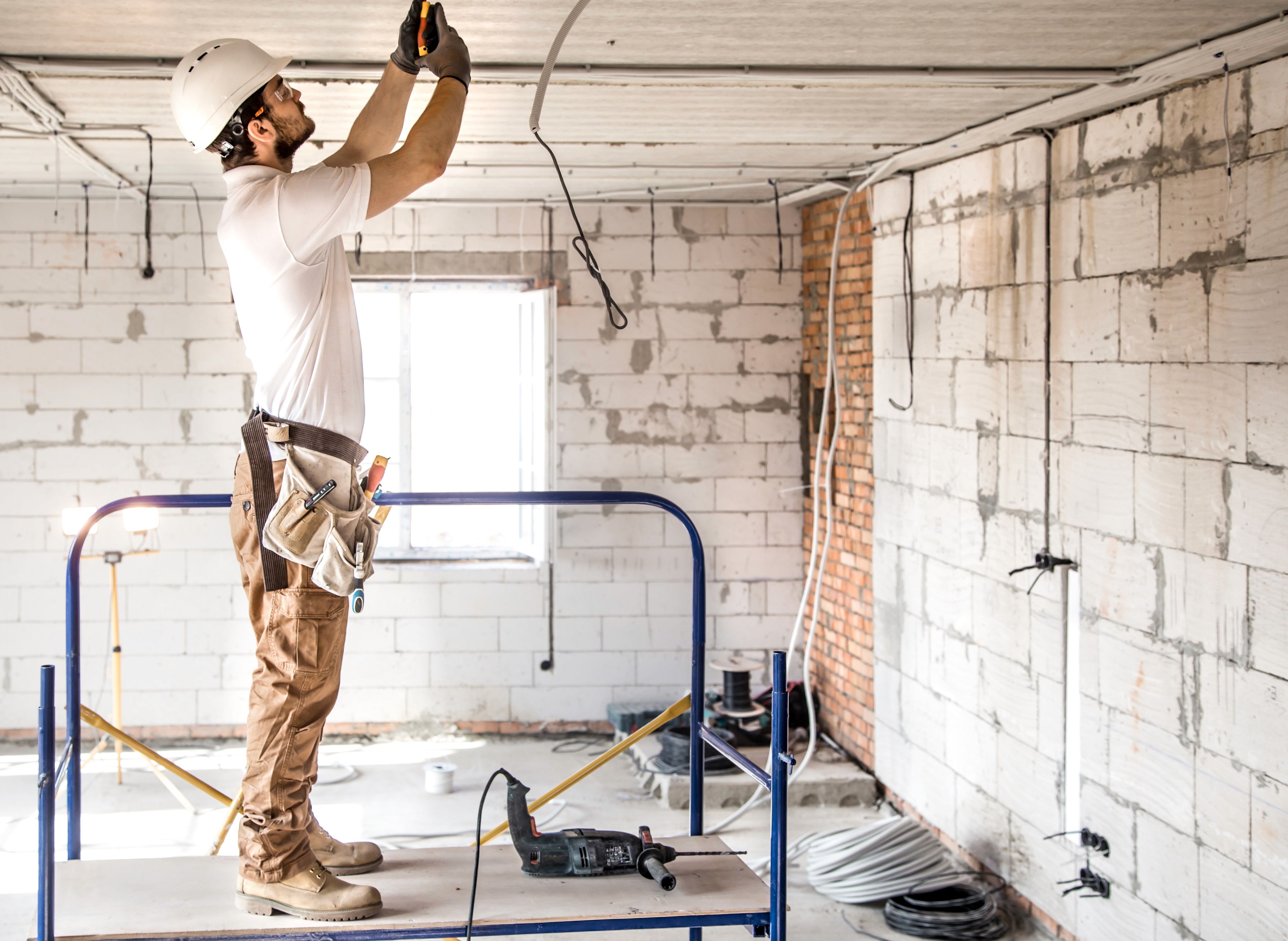
Apr 21, 2024
How to Do a Construction Estimate-Step by Step Guide
Construction projects are inherently complex, unique, and labor-intensive, and this complexity extends to their cost estimates. Accurate estimates require careful planning and consideration of multiple factors, including market dynamics. For construction businesses, the accuracy of estimates and quotes is critical to staying competitive and profitable. A high bid could cost you the job, while a low bid might cut into your profit margins.
Creating a construction estimate from scratch can be time-consuming and challenging. The key is to find a balance—bidding low enough to win the project but high enough to cover all expenses, including labor, materials, equipment, and other indirect costs, while still making a profit.
Want to learn how to do a construction estimate? This guide will walk you through the step-by-step process.
Understand the Project Scope
Start by thoroughly reviewing the project scope, including the client's goals and required services. Gather all available project documents, such as construction drawings and specifications. If the scope is unclear, ask questions to clarify costs, timelines, and client expectations.
Create a Project Timeline
Once you have a clear understanding of the project scope, develop a timeline. Break the project into smaller milestones and assign durations to each activity. Be mindful of potential delays and communicate them to the client to manage expectations.
Consider Subcontractors
Depending on the size of the project or tight deadlines, you might need to subcontract certain tasks. Factor in the costs of subcontractors when preparing your estimate.
Calculate Material Quantities
To get accurate material estimates, use digital takeoff software like PlanSwift, Bluebeam, Stack, or ProEst. These programs streamline the takeoff process and reduce the risk of errors compared to manual calculations. Digital tools are especially useful for larger projects with complex designs.
By following these steps, you'll be better equipped to create accurate construction estimates that help you win more bids and run successful projects. Remember, the goal is to provide a competitive yet profitable estimate that meets client expectations while ensuring your business remains sustainable.

Adding Waste Allowances
Construction projects always generate some waste, whether from cutting materials to size or damage during transport or storage. It's essential to include a waste allowance in your estimates to cover these costs. Standard waste rates vary by material and job type—for instance, brickwork often has a 20% waste allowance, while concrete block ranges from 5% to 10%. Keeping track of actual waste versus estimated waste helps refine your site waste management plan, saving you money over time.
Estimating Labor and Material Costs
Unit rate costing is thorough but can be time-consuming. The square footage method, by contrast, calculates costs based on the square footage of the structure and a rate per square foot derived from experience. This method is used for rough estimates, as it doesn't account for specific material quantities or labor costs. Labor costs can represent 40-50% of a project's total expenses, influenced by factors like project complexity, required expertise, and location. To estimate labor costs, list the types of labor needed and multiply by unit hourly rates.
Equipment Costs
Equipment costs are another key component of a construction estimate. List the types of equipment needed, considering both general-use items like forklifts and specialized equipment like tractors and loaders. Include costs for operating, maintaining, and insuring equipment. If you need to rent equipment, add rental costs to your estimate.
Analyzing Competitors and Incorporating Contingencies
Understanding your competition helps you price your estimates competitively. Research how much competitors charge for similar projects, and avoid pricing too high or too low. Incorporate contingencies into your estimate to cover unexpected costs, such as weather delays or labor shortages.
Determining Profit Margins
Your profit margin represents the amount left after covering project costs and overhead. Properly assessing this margin is crucial to stay competitive while making a profit. It's a balance between offering competitive bids and ensuring sufficient revenue for business growth and emergency funds.
Final Steps: Exclusions, Expert Insights, and Submission
List project exclusions and inclusions to avoid confusion and future conflicts. If you're new to construction estimating or dealing with a specific type of project for the first time, seek expert advice to avoid cost overruns. Once your estimate is complete, submit your bid to the general contractor, and follow up within three to five business days to increase your chances of winning the project.